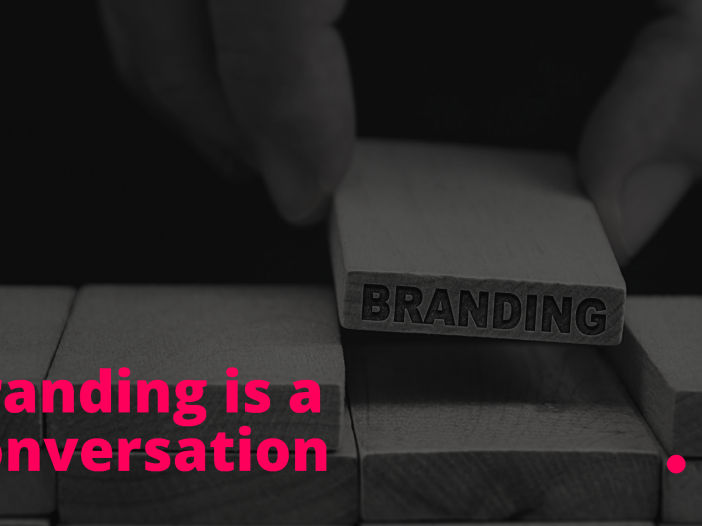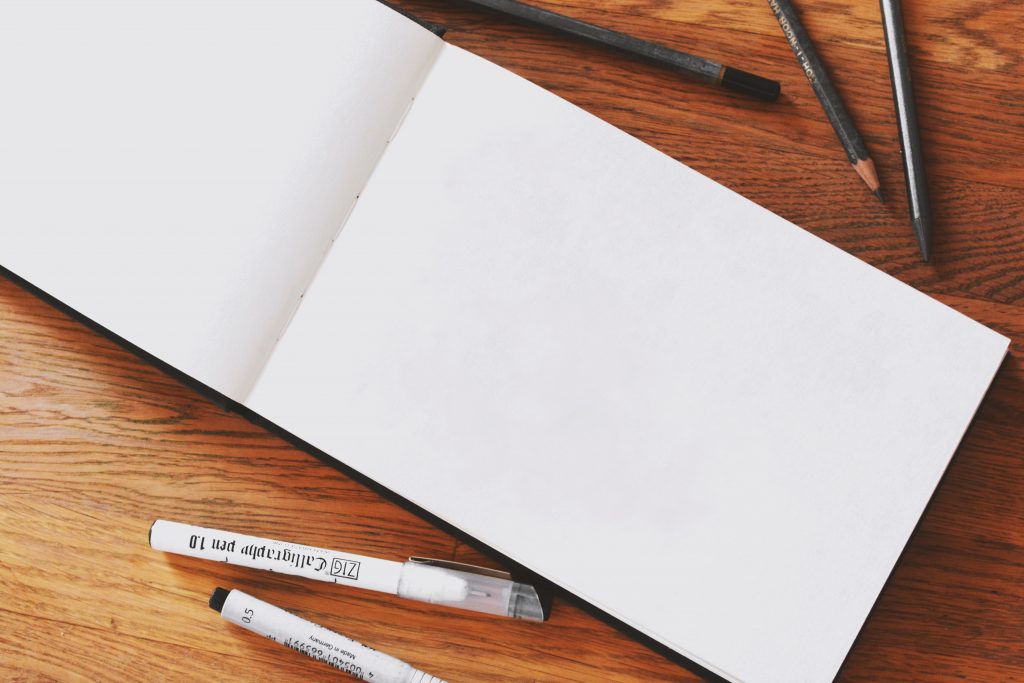

There are times we get caught up in crossing the t’s and dotting the i’s that we forget that branding is a conversation. A two way conversation. You tell me your story and I’ll tell you mine. We’ll have something in common and we’ll learn something too.
When it comes to starting a business, organisation or project, the first question people ask themselves is “what shall we call it?”, this inevitably leads to the first project – GETTING A LOGO!
Although this process is by far the most popular, its not necessarily the right course of action for everyone.
Say, for example, you are a start up family run bakery in a town; you’ll have a name and then you’ll find someone to make you a logo, get a sign made with that logo on and probably some embroidered uniform and aprons and maybe a business card and off you go.
This is a low cost, fast way of starting your business.
However, with the advancement of technology and the pressure of social media, the need for people to find you online and not just in store and the pandemic requiring people to diversify and provide out of store options, your “I need a logo” instantly evolves into “I need a brand”
So what is the difference?
Logo – this is basically the starting blocks of your race; without which a professional runner may not get the momentum they need to start their race. However the runner also needs a number, they need running shoes, they need to spend time training and dedicate themselves to their passion. A logo CAN NOT provide all these elements, only one. It’s your face but it’s not the whole story.
A logo is a great place to start but when people rush this process they often feel like they need to change their logo, constantly trying to modernise and keep up with trends.
This is where BRANDING steps in.
So what is branding?
Branding is about telling a story, it’s about telling YOUR story. It’s about telling your story through strong and dedicated colour choices, a strong image library that tells people more about you in 3 seconds as a visual than any words could do, it’s about making statements through simple layouts and choosing your style and how you want to portray that to the world.
I promise you it’s not as complicated as it sounds BUT you might need someone like me to help guide you through this process.
So let’s talk about the process…
We start by having a conversation. The best way for me to get to know more about your business is to get to know you. I would ask about your hobbies, your life, where you started in coming up with your business, organisation or project and find out why you are passionate about it.
You see PASSION is the running factor through all branding. If you are passionate about what you are doing then you will understand that portraying the best version of you is the biggest key to success.
Once we’ve established a basic foundation of who you are, then we will dive into your business, asking questions like “how long have you been going?” “What’s your goals for the future?” “Who is your audience?” & “How do you want to reach them?”
Answering these basic questions gives me, as your branding consultant, building blocks to start to form the bigger picture.
Over time we will then start with you logo, create sub logos, maybe a pattern design, using strong colours of your choice and creating that all important colour palette.
Then comes the image library, building up an image bank of photos of you, your business, organisation or product, building mock images to display your product if that’s needed and more.
Then we land at the brand guide; a document that outlines the rules in which your logo can be used, compiling all the variations, colours, font choices and image criteria.
And finally, hand off time. You get all of this in a cool folder and you can start to get your story, your message and who you are into the world so people can love what your doing just as much as you do.
Sound like fun?
All it’s starts with is a conversation, a free, no obligational chat between you and me to start to unpick your thoughts.
Branding is a two way conversation; firstly between you and me. And then secondly between you and your audience.
Keep the conversation alive. Keep telling your story. It’s a great adventure.
